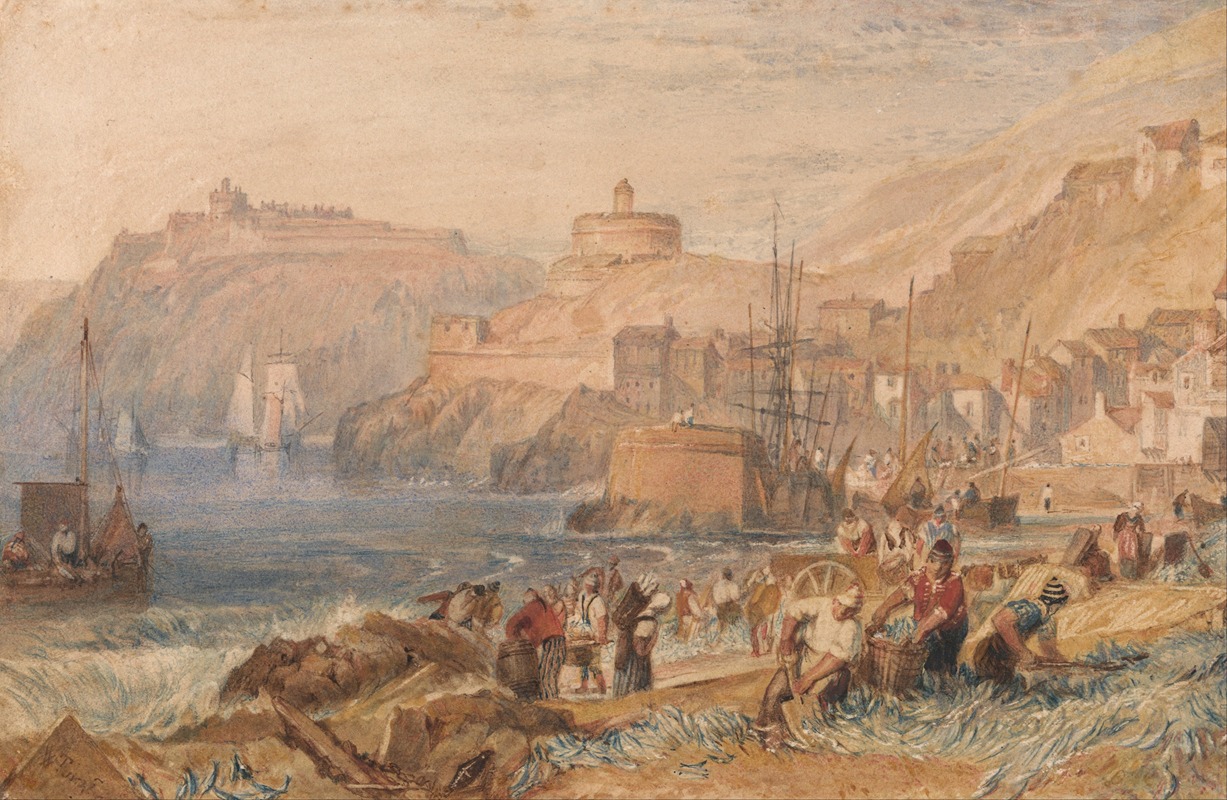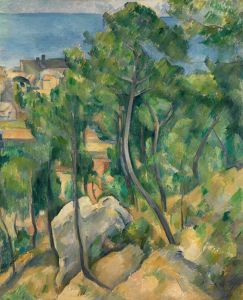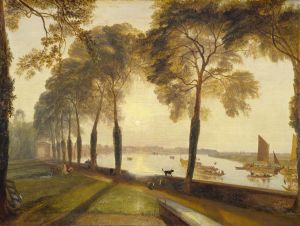
St. Mawes, Cornwall
A hand-painted replica of Joseph Mallord William Turner’s masterpiece St. Mawes, Cornwall, meticulously crafted by professional artists to capture the true essence of the original. Each piece is created with museum-quality canvas and rare mineral pigments, carefully painted by experienced artists with delicate brushstrokes and rich, layered colors to perfectly recreate the texture of the original artwork. Unlike machine-printed reproductions, this hand-painted version brings the painting to life, infused with the artist’s emotions and skill in every stroke. Whether for personal collection or home decoration, it instantly elevates the artistic atmosphere of any space.
"St. Mawes, Cornwall" is a watercolor painting by the renowned British artist Joseph Mallord William Turner (1775–1851). Turner, celebrated for his mastery of light, color, and atmosphere, is widely regarded as one of the greatest landscape painters in Western art history. This particular work depicts the coastal village of St. Mawes, located in Cornwall, England, and is an example of Turner’s ability to capture the essence of a location with remarkable sensitivity and technical skill.
The painting is believed to have been created during one of Turner’s many travels across Britain, as he sought inspiration from the country’s diverse landscapes and seascapes. St. Mawes, situated on the Roseland Peninsula, overlooks the Carrick Roads, a large natural harbor formed by the River Fal. The village is known for its picturesque scenery and its historical significance as a maritime settlement. Turner’s depiction of St. Mawes reflects his fascination with coastal environments and his ability to convey the interplay between land, sea, and sky.
In "St. Mawes, Cornwall," Turner employs his characteristic use of watercolor to create a luminous and atmospheric composition. The painting showcases his skillful handling of light and color, with soft washes and delicate details that evoke the tranquil beauty of the Cornish coast. The work captures the natural charm of the area, with its rolling hills, calm waters, and the distinctive architecture of the village. Turner’s use of subtle tonal variations and fluid brushwork imbues the scene with a sense of movement and vitality.
The painting is part of Turner’s extensive body of work that includes sketches, watercolors, and oil paintings, many of which were inspired by his travels. His depictions of Cornwall, including "St. Mawes, Cornwall," highlight his interest in the region’s dramatic landscapes and its connection to Britain’s maritime heritage. Turner’s works from this period often reflect his innovative approach to composition and his exploration of the effects of light and atmosphere.
Today, "St. Mawes, Cornwall" is recognized as an example of Turner’s genius in capturing the spirit of a place through his art. The painting is held in the collection of the Tate, a leading institution for British art, where it continues to be appreciated by audiences for its beauty and historical significance.

















